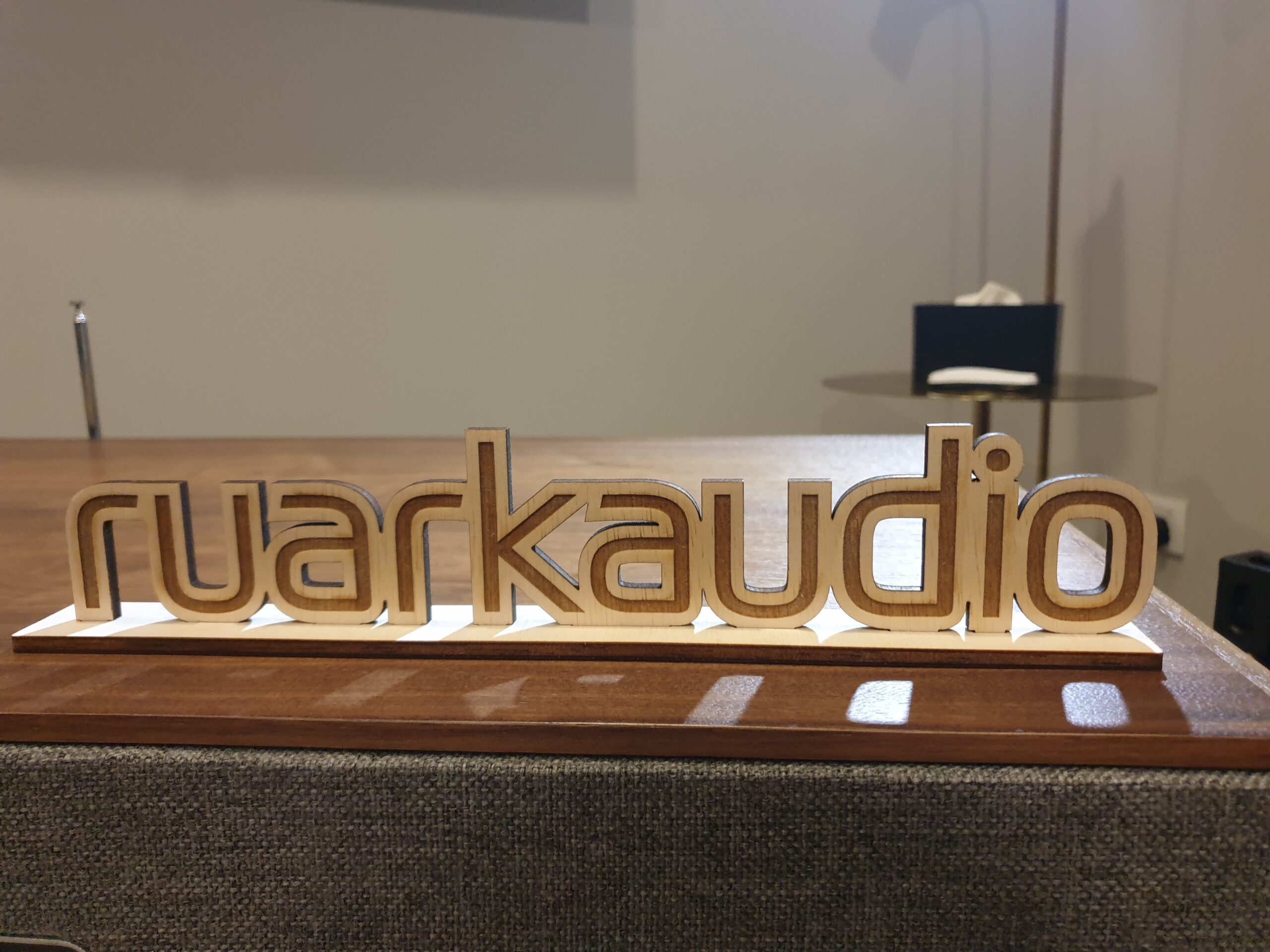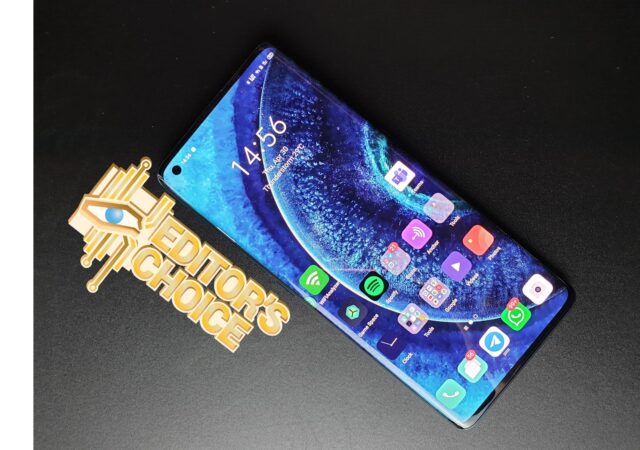Ruark Audio makes it into Malaysia. With the release of the new R3, they are also offering the high-end R7, R5, MR1, and MRx.
The OPPO Find X2 In-Depth Review – Ticking All the Right Boxes
The OPPO Find X2 is a fine flagship smartphone that ticks all the right boxes in the flagship segment for MYR 3,999. Is it worth it though?




